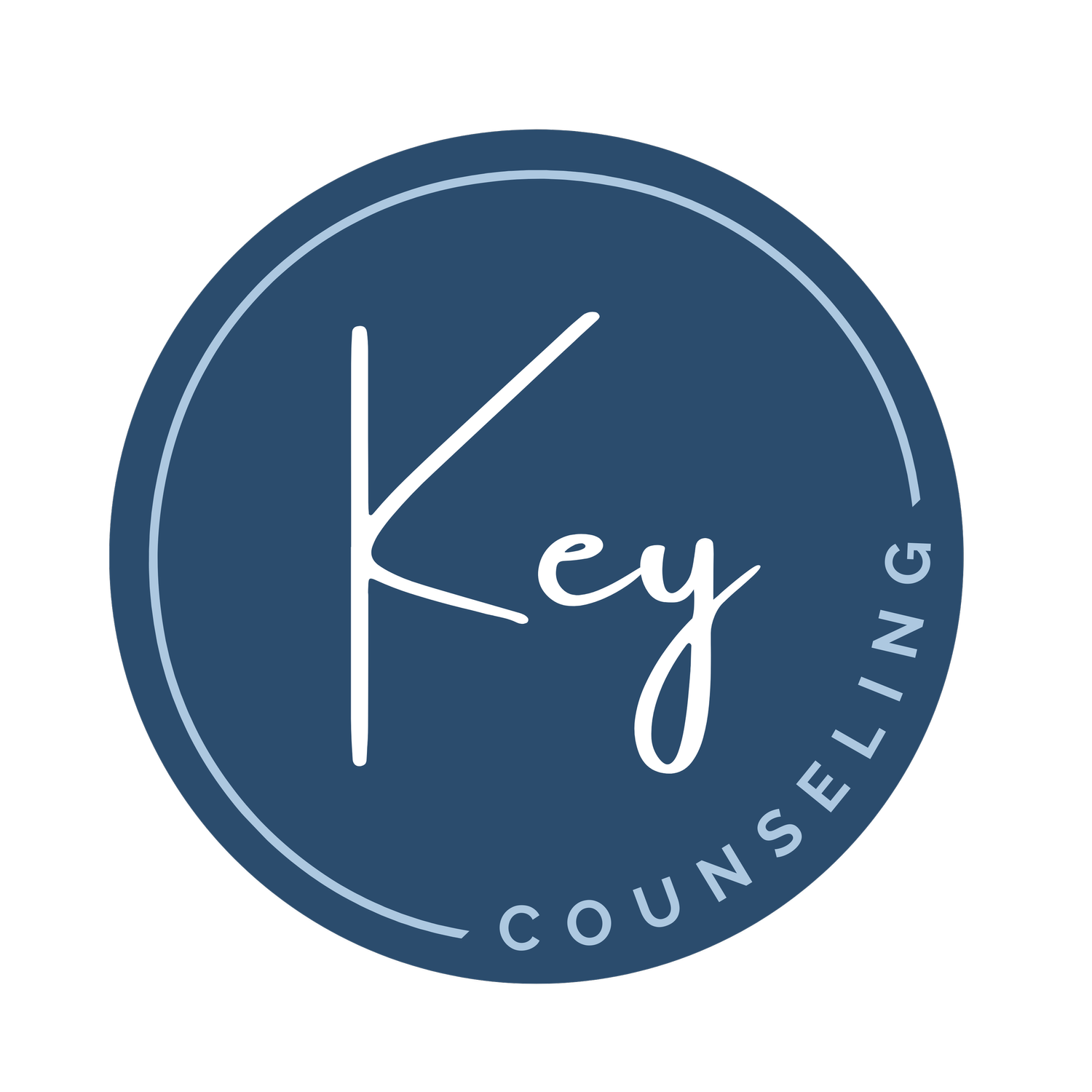Moving On From Past Relationship Trauma To Fully Heal
Moving on after a breakup is hard for everyone. But if you’re suffering from relationship trauma due to abuse or infidelity, this process can be more difficult. Signs of relationship trauma include trust issues, flashbacks, nightmares, and feelings of fear, shame, anger, guilt, or suspicion. Those with relationship trauma may have a hard time connecting with others.
Whether you were in an abusive relationship, had a toxic dynamic, or felt neglected or abandoned by your previous partner, starting over can feel like a monumental task. Here are several ways to begin moving on.
Forgive yourself
Here, forgiveness isn’t about excusing your ex-partner’s behavior. Instead, it’s about releasing yourself from the negative emotions that are weighing you down. This forgiveness is for yourbenefit, not your ex’s. You’re letting go of the burden of your past and giving yourself the freedom to move forward. Forgiveness is a process that takes time and effort, but it’s an important early step in your healing process.
Carve out your safe space
In your past relationship, you might not have felt fully safe in your own home. Typically, a traumatic relationship involves boundary violations—you may have never felt your time was your own, or your ex might have claimed ownership over your private things. To heal, make your space into a comfort. Whether that’s your home, apartment, workspace, or somewhere else you spend much of your time, make sure you have a place you can retreat to for solitude and solace. Decorate it with items that feel uniquely you and provide a sense of healing and joy.
Develop healthy coping mechanisms
The first step in turning to healthy coping mechanisms is knowing which ones you turn to that aren’t so healthy. Anything that’s avoidant, self-destructive, or involving drugs or alcohol is probably not a great idea. Then, find things you enjoy doing that won’t feel difficult to turn to. Try light exercise, such as a walk in the park, yoga, or just dancing around the living room. If you want to get creative, try a new craft, paint while listening to music, or write out your feelings in a journal. Some people even like to cook or clean as a coping mechanism. Most importantly, you can reliably do these activities when you’re upset or distressed.
Set healthy boundaries
Healthy boundaries are an important component of healthy relationships. Due to your relationship trauma, you might not fully know how to set boundaries with others. Take this time to identify your relationship needs, values, and limits. Start by clearly and assertively communicating these boundaries (and the consequences of crossing them) with others. If they’re crossed, don’t be afraid to address this with the other person and enforce your boundaries. It’s important to be consistent—nobody should feel like they can get away with crossing your personal boundaries. Setting boundaries might feel uncomfortable at first, but it’s an essential step in moving on from relationship trauma.
Try therapy
If the issues from your past relationships are preventing you from making meaningful new connections, it might be time to talk to someone. A therapist can help you process your emotions, approach new relationships with an open mindset, and build your self-esteem and self-worth. You’ll learn how to communicate effectively and nurture healthy relationship dynamics in therapy. Taking the time to become introspective and learn who you are is a key part of moving on. Becoming a good partner for someone else always starts within yourself.
To find out more about how therapy can help you move on from relationship trauma, please reach out to us for trauma therapy.


